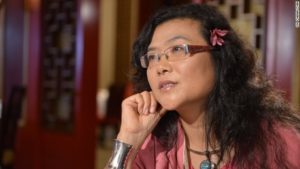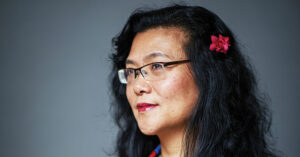
China’s consumer profiles are changing fast. Marketing expert Ashley Dudarenok picks seven profiles from her latest publication, the China Mega Report 2025, for Jing Daily—for example, the silver-haired generation: Retirees redefining aging
.
Ashley Dudarenok:
China’s 310 million retirees (60 and over) are embracing technology, wellness, and premium experiences. Unlike previous generations, they prioritize health and longevity, driving demand for fitness devices, dietary supplements, and digital health platforms.
They are increasingly tech-savvy, using e-commerce platforms and mobile payments. Trust is paramount, so brands must focus on transparency, high-quality assurance, and personalized services. Retirees are also fueling China’s pet economy, treating animals as family and spending heavily on premium pet care.
Travel and leisure remain high on their list, with a focus on wellness retreats and historical tourism. Messaging that emphasizes active aging, intergenerational connections, and user-friendly technology will resonate. Brands should simplify digital interfaces, invest in trust-building, and highlight community engagement.
More profiles in the Jing Daily.
Ashley Dudarenok is a speaker at the China Speakers Bureau. Do you need her at your meeting or conference? Get in touch or fill out our speakers’ request form.
Are you looking for more marketing experts at the China Speakers Bureau? Do check out this list.












